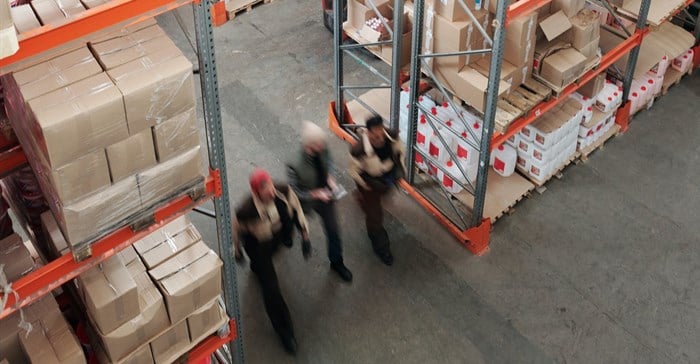Over the past few months, you've probably seen the cost of your favourite running shoes, smartphone brand, or sunglasses rise dramatically
If you have more niche interests that require specialist imports, such as board games, comic books, or specialist car parts, you’ll likely have noticed increases in those prices too. Most likely, however, you’ve looked at the seemingly never-ending petrol-price increases and wondered where you could possibly afford to further tighten your belt.
While there are any number of underlying causes for those price increases, including global supply-chain pressures, high import tariffs, and rising fuel costs as a result of Russia’s war in Ukraine, one of the biggest culprits is the rand’s (frequently self-inflicted) weakness against other major currencies such as the US dollar.
A year ago, the South African currency traded at just over R16 to the dollar. Today, it’s closer to R20. That’s a steep decline, and given the dollar’s position as a defacto global currency, it’s made it impossible for importers to sell products at anything like the prices they once did.
But even within the context of those declines, there’s still a credible case to be made that South Africans could be paying less for imported goods. All it would take is a little more transparency from the country’s banks.
Imports: a vital link between SA and the world
Before looking at why that additional transparency is so important, it’s worth underlining why imports are so important to South Africa.
According to the most recent statistics from the South African Revenue Service (Sars), South Africa imported more than R160bn worth of goods in April this year alone (against R163bn in exported goods). While that trade surplus would undoubtedly be higher if South Africa manufactured all of its own goods, that’s simply not feasible or even necessarily desirable.
In many cases, South Africa doesn’t have the skills and resources it would need to create all of those goods. Additionally, many of the trade deals that are so beneficial to the country are predicated on South Africa accepting imports while the other trading partner takes South African exports. It’s also worth bearing in mind that many imported goods are used in manufacturing, and are incorporated into South African-made products.
As such, imports play a vital role in the South African economy, giving consumers greater choices, creating jobs, and delivering value. That, however, only makes it more important to find ways of bringing down the overall cost of imports.
Enter the banks
Here’s where the country’s big banks and traditional forex providers have a case to answer. In order to understand why, it’s important to have a basic understanding of what happens when you make or receive a payment in a different currency.
If you’ve made or received such a payment recently, you’ll likely have noticed that you were charged a couple of fees. Broadly categorised as transaction fees, they’re usually charged at a set rate, meaning you know exactly how much you’ll end up paying on every transaction.
What you might not have noticed is how much more you’re paying thanks to something called the exchange-rate margin (sometimes called “the spread”). Officially, this is the difference between the median exchange rate (the one you hear quoted in news bulletins).
While there are legitimate reasons for charging that margin, especially with something as fluid as exchange rates, banks all too frequently use it as a form of shadow fee.
While the difference may seem small (it’s usually a matter of a few dozen cents on every dollar, pound, euro, or any other big currency), it can quickly add up. That’s especially true if you’re making multiple import orders every month.
Those extra costs are then inevitably passed on to consumers who end up having to pay more for their favourite items.
Take up transparent solutions
But what can importers do to reduce those transaction costs?
The first step is to find a forex provider that is completely transparent with all the fees charged. You’ll likely achieve savings purely by dint of the fact that it’s not trying to hide exorbitant fees in the margin. Because that provider’s not hiding any excess fees, they’ll likely give you a better rate too. If that provider also charges less on each transaction than banks and other traditional forex providers, so much the better.
Beyond that, you also want to ensure that your provider doesn’t let you fall on the wrong side of compliance and regulatory issues. It should also be able to provide assistance with supporting documents to ensure deals go through timeously. Additionally, it should offer personalised service, hassle-free onboarding, and instant conversions.
Ultimately, the declining Rand does mean that South Africans are paying more for goods and will continue to do so unless the currency finds its feet. Importers can’t change that. But with the right foreign-exchange strategy and partnerships, they can soften the blow.































